Need an explanation!
Will07
10 years ago
Related Stories

COLORBusted! Get the Facts for 8 Common Color Myths
Give hearsay the heave-ho — let these expert explanations improve your paint and decor choices instead
Full Story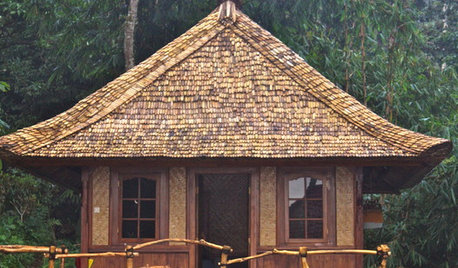
Pro Corner: Selecting a Style for the Photos in Your Projects
Learn the key architectural and decor features to look for when categorizing your photos by design style
Full Story
KITCHEN DESIGNEcofriendly Kitchen: Healthier Kitchen Cabinets
Earth-friendly kitchen cabinet materials and finishes offer a host of health benefits for you and the planet. Here's a rundown
Full Story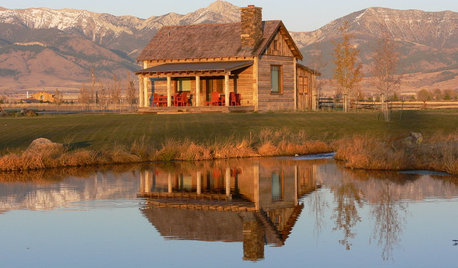
ARCHITECTUREReflect on This: 6 Waterside Homes Gaze in the Looking Glass
Mirrored in realistic detail or artfully impressionist, these houses connect to their sites and convey double the majesty
Full Story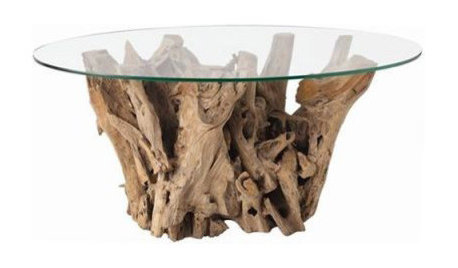
COTTAGE STYLEGet the Look: Beach Cottage Style
12 Ways to Feel Like You're at the Coast, Even if You're Miles Away
Full Story
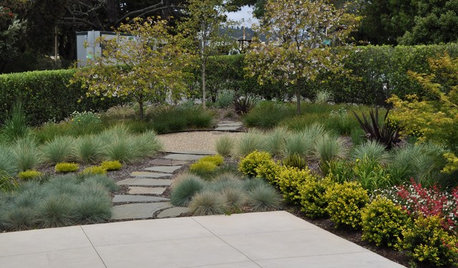
GARDENING AND LANDSCAPINGTeach Your Landscape Rhythm
Bring energy and movement to your landscape by applying this universal principle to your plant and paver designs
Full Story





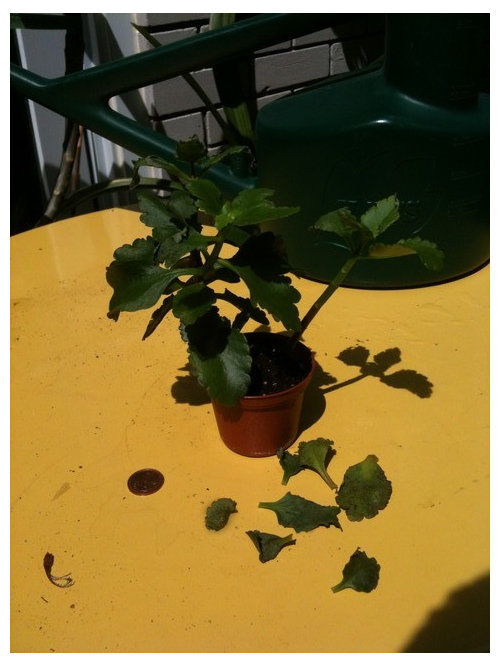

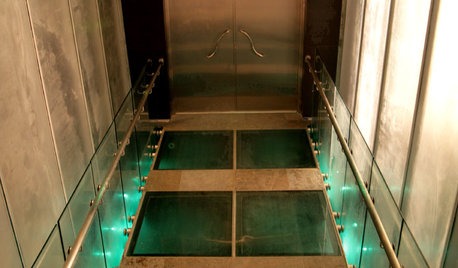





Tiffany, purpleinopp Z8b Opp, AL
asleep_in_the_garden
Related Professionals
Parole Landscape Architects & Landscape Designers · Port Royal Landscape Architects & Landscape Designers · Saint Matthews Landscape Architects & Landscape Designers · Maple Heights Landscape Architects & Landscape Designers · Jackson Landscape Contractors · Brookfield Landscape Contractors · Deerfield Landscape Contractors · East Patchogue Landscape Contractors · Fridley Landscape Contractors · Oak Forest Landscape Contractors · Wethersfield Landscape Contractors · Shenandoah Landscape Contractors · Caledonia Interior Designers & Decorators · Crestview Interior Designers & Decorators · Hillcrest Heights Handymanrhizo_1 (North AL) zone 7
Will07Original Author
asleep_in_the_garden
Tiffany, purpleinopp Z8b Opp, AL